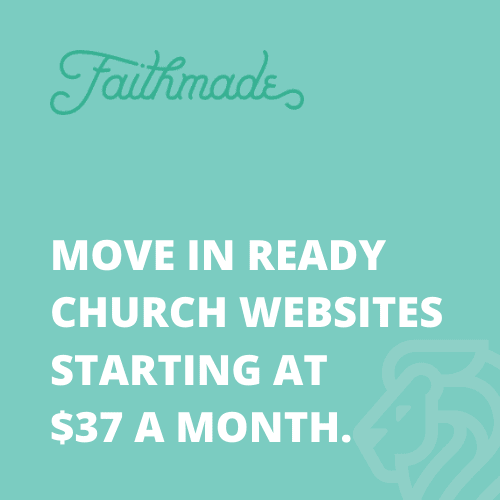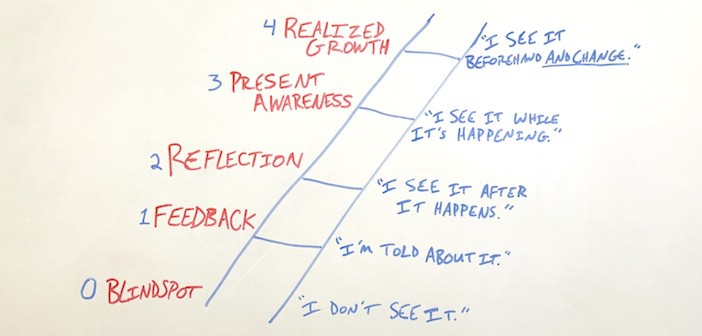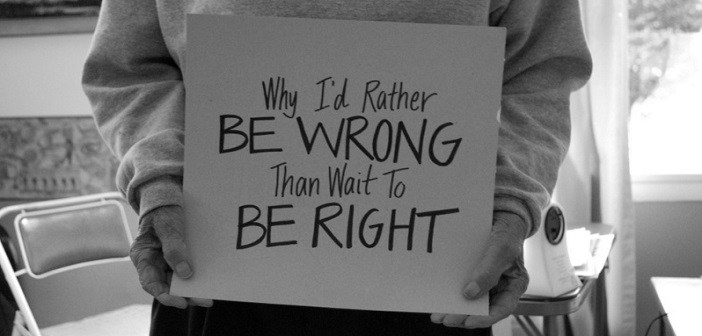Monday’s post focused on the barriers that prevent individuals from recognizing the need for change within their organization. And while the inability to perceive need is the primary reason many individuals are closed to change, it is not the only reason. It is quite possible for an individual to have a full recognition of the need for change but lack a perception of the feasibility of that change within the organization. For an individual to ever be truly open to change, she must believe in the possibility of its success. Several barriers, however, often prevent one from perceiving the feasibility of change. Consider these…
BARRIERS TO PERCEIVED FEASIBILITY:
.
Failed change attempts
.
When change attempts have failed in the past, individuals cannot be expected to believe in the organization’s ability to successfully transition. And the more a similar current change initiative is to those failed attempts, the less feasible it will appear.
.
Absence of past change
.
If the organization does not have a proven track record of change, its members have nothing on which to base their faith in its ability to change. This is why regular “small change” is so important to maintain a culture of innovation where change becomes the norm.
.
Lack of confidence in personal abilities
.
Some individuals simply do not believe in their own ability to be successful in an environment different from the one that currently exists.
.
Lack of confidence in others’ abilities
.
Similarly, some individuals do not believe in others’ abilities to be successful in an environment different from the one that currently exists.
.
Lack of physical resources
.
Ever heard someone say, “I wish we could afford to do that!”? When the resources do not exist (or they exist but are not made known), individuals will doubt the organiziation’s ability to change.
.
Lack of time
.
When the people in an organization are already overwhelmed, they cannot be expected to take on the additional tasks necessary to a substantial change effort.
.
.
These are just a few examples of barriers to perceived feasibility. What are some barriers that you have experienced?



